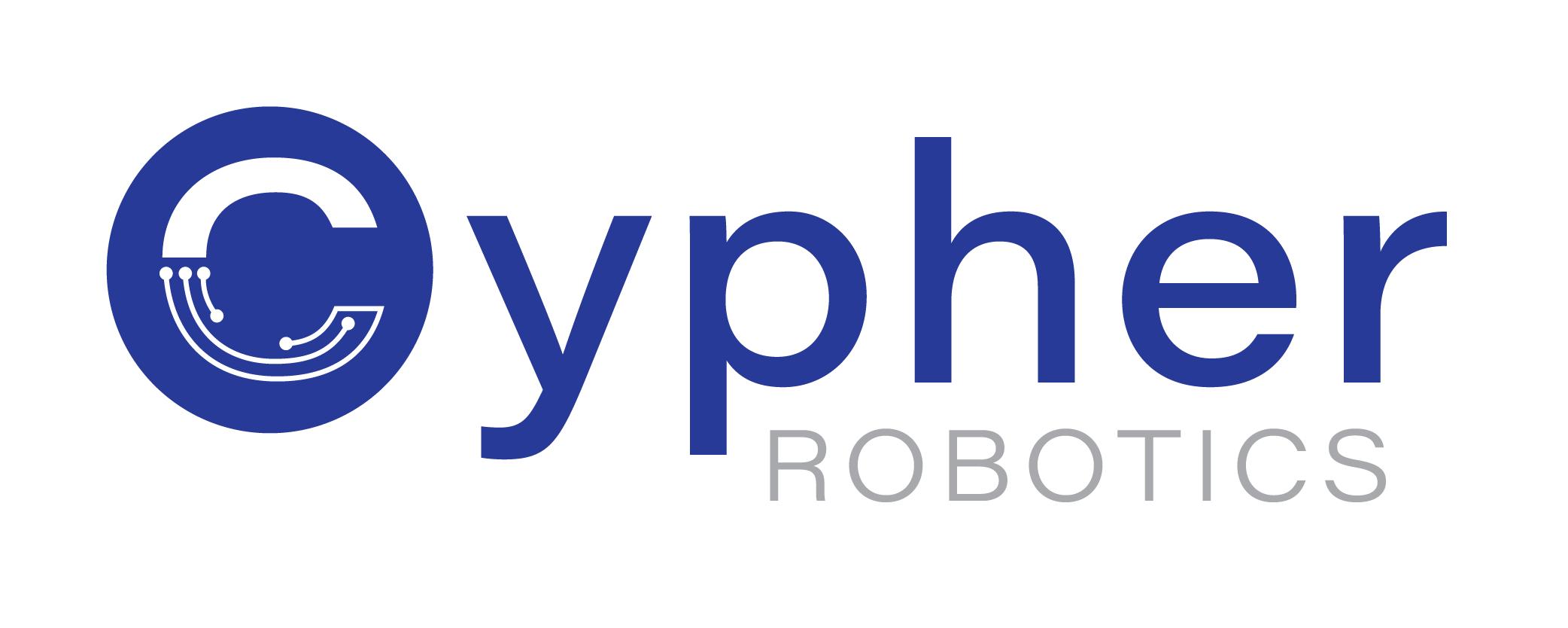
New Zealand Captis deployment makes the news
It’s always nice when someone takes note of what you’re doing. And it’s particularly nice when that someone is mainstream media.
This week, both the New Zealand Herald and major New Zealand radio station NewstalkZB picked up on our deployment in Auckland. They did so because there’s actual news here.
Our trial deployment in New Zealand is a partnership with the country’s leading telco, Spark (more on that relationship here). It’s also a partnership with Ericsson, the world’s largest provider of telecommunications hardware. Odds are, your mobile plan runs on a network built by Ericsson.
As large companies increasingly embrace automation and the Industry 4.0 space, demand is growing for private 5G networks. These enable secure, low-latency closed networks for all the data throughput required by smart, interconnected devices.
The news here is that Air New Zealand, which has a stated goal to be “a leading digital airline globally,” has – in conjunction with Spark and Ericsson – installed the country’s first private 5G network at its Auckland warehouse. That network has been installed so our Captis cycle counting solution can operate securely and at peak efficiency in its 9,000 square metre (53,800 square feet) facility.
We’ll get into more details in a moment, but this brief radio interview with Spark New Zealand’s Customer Director for Enterprise and Government, Mark Beder, provides a great overview.
WHAT WE’RE DOING
Our Captis cycle-counting and precision scanning solution is an autonomous mobile robot about one metre high. Using powerful compute, machine vision and an autonomy software stack, Captis can navigate even massive warehouses on five-hour missions before returning to a wireless recharge base. It can carry out precision scans for digital twins while carrying out its other work. No infrastructure changes are required.
That other work involves a tethered drone that rests on top of Captis. When Captis heads down aisles, the drone ascends and scans any codes on warehouse stock. It counts that stock as it goes, with all data instantly uploaded to a client’s Warehouse Management Software or Warehouse Execution Software. (An additional module can replace the drone for RFID captures in, say, a showroom setting.)
Our deployment in New Zealand is a first for that country, and Spark believes it heralds the beginning of wider adoption of private 5G networks.
“It’s really exciting to have the first one under way and it really is a good test for us to really figure out how we can also solve different types of problems,” Spark’s Mark Beder told the New Zealand Herald.
In the same article, Ericsson’s Head of Enterprise for Private 5G networks Ian Ross said Air New Zealand’s warehouse is “a very complex radio environment,” adding ““Wi-Fi has struggles providing a good signal quality in the depths of the aisles, particularly with the height of the racks, where we find 5G is optimised for this type of environment.”
DEPLOYMENTS
Providing one of the flagship pieces of technology for this venture is a huge opportunity for Cypher Robotics. But it’s not the first. The company has been carrying out trials for more than a year with one of Canada’s leading retail outlets – a company that has hundreds of large warehouses across the country and large turnover of its retail projects. Captis has been scanning in one of those warehouses – and another unit is about to be deployed in a second location.
“Captis has been proven in Canadian trials,” says Cypher Robotics Founder and CEO Peter King. “The partnership with Spark, Ericsson and Air New Zealand allows us to operate in a private 5G network environment – which is a first for us. We look forward to helping to demonstrate the benefits of these networks in an Industry 4.0 setting.”
Below: Cypher Robotics Founder/CEO Peter King at Air New Zealand’s Auckland warehouse

CYPHER’S TAKE
We’re obviously pleased to be taking part in this trial in New Zealand – especially since it involves that country’s first private 5G network. It’s also gratifying to see coverage from the news media.
“This is a highly significant deployment for Cypher Robotics – and the first outside of Canada,” explains Peter King. “We’re grateful for our robust partnerships with Spark, Ericsson and Air New Zealand as we demonstrate the efficiency and accuracy Captis brings to cycle-counting within a private 5G network setting.”
If you missed it the first time around, here’s a link to that New Zealand Herald story.










